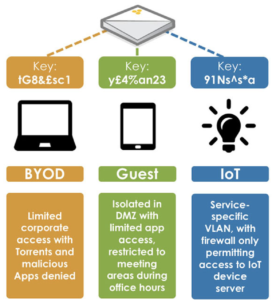Promoting cloud in a risk-averse organization
Our organization, like most large public bodies, is locked into formal bureaucratic procedures and, by general standards, is highly risk-averse. In addition, like other organizations of the United Nations System, it has a unique attribute which makes moving to the cloud a much greater leap than for most other organizations: UN System organizations enjoy a special status.
In the aftermath of World War II, countries negotiating the Charter for the future United Nations agreed the organization should be in a position to function without interference from any single Member State. For this reason, a regime of privileges and immunities was developed. It is this special legal regime that ensures UN organizations are immune from the jurisdiction of national courts, that their premises cannot be entered by national enforcement agencies without their consent, and that their archives – including their data – cannot be accessed without their agreement.
To read this article in full or to leave a comment, please click here

